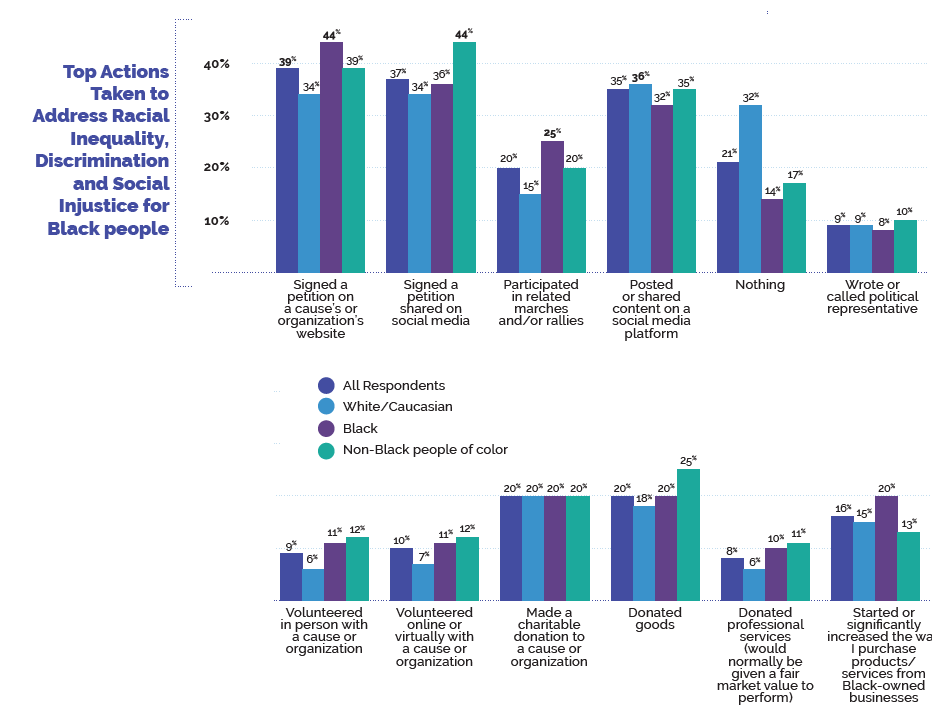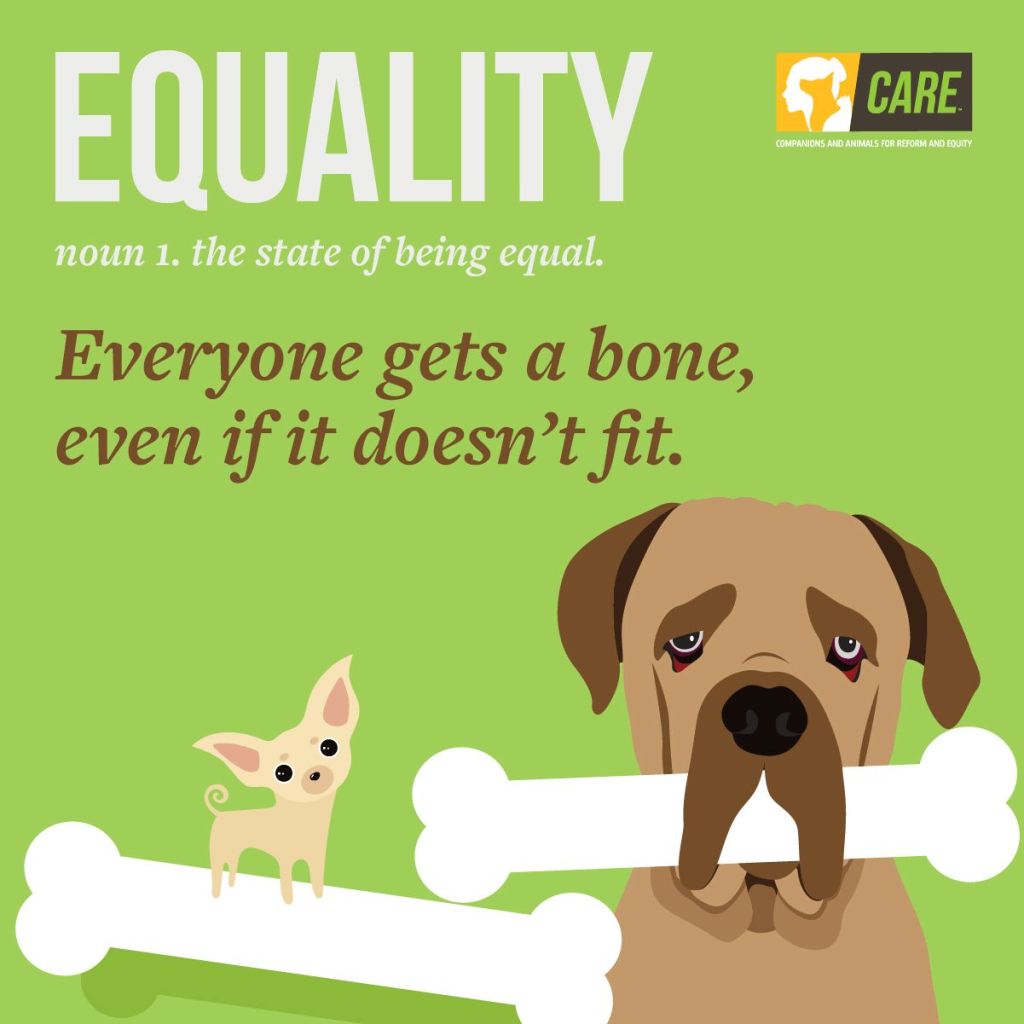As we know all too well, the first half of 2020 has marked a period of unprecedented hardship.
The rapacious COVID-19 global pandemic has claimed over half a million lives worldwide, pushed healthcare systems beyond their capacity, created U.S. unemployment levels comparable to those of the Great Depression, and taken a record toll on mental health. In addition to causing immense physical and psychological harm to human beings, the virus has also exposed the pernicious forms of animal cruelty that led to its emergence — namely, forcing animals into extreme confinement and filthy conditions prior to slaughter for human consumption, thereby breeding the spread of diseases that can jump the species barrier from animals to humans, as COVID-19 did. The human costs of the disease have been heaviest for people of color, who often have preexisting health conditions as a result of being consistently driven into hazardous living environments and denied adequate health care. People of color also comprise a disproportionate percentage of slaughterhouse and other food chain and low-wage workers. These factors have converged to exacerbate deeply entrenched, gaping socioeconomic and racial inequalities in America and around the world.
Shouldering the most acute coronavirus-imposed losses stemming from centuries of structural racism, the Black community was dealt another blow with the horrific murder of George Floyd, an unarmed Black man, by Minneapolis police — tragically just one example in a protracted history of racially motivated acts of police brutality. While racial disparities within the U.S. criminal justice system have long existed, the release and rapid social media circulation of raw video footage documenting Floyd’s fatal police encounter laid them bare. National outrage has erupted, sparking public protests and demands for essential, long-overdue structural reforms to eliminate racist practices and ideology from not only the criminal justice system, but American institutions of every stripe — including corporations, schools, government agencies, and charitable organizations.
By highlighting incalculable suffering, these two crises have presented historic opportunities to harness public consciousness, deepen empathy, and strengthen personal and institutional accountability in the service of rejecting the status quo and advancing positive changes with the potential to be truly transformative. Systems that exploit people and animals alike are being revealed to those who otherwise would not see them. They are being discussed with a new level of urgency, depth, and scale in the media, in meetings, and in homes, inspiring new and revised policies, changes in business practices, shifts in consumption patterns, and public and private actions by individuals striving to dismantle these systems.
These transitions are only in their beginning stages, and the road to putting necessary reforms into place is still a long one — but rather than yearning for things to go “back to normal,” many are embracing the realization that forging a “new normal” is the only viable path forward.
As these crises are pushing people to reexamine their attitudes and behaviors, changes in charitable giving are also likely to flow from these shifts.
Since early March, the self-dubbed “[social] movement design studio” INFLUENCE|SG has issued a series of Cause and Social Influence reports based on survey data capturing engagement in various social issues among young Americans (aged 18-30) of different races, genders, education levels, employment statuses, and locations. The May installment of its Influencing Young America to Act research series — which was conducted prior to George Floyd’s murder — revealed that alongside healthcare advocacy groups and food pantries as top recipients of charitable donations, animal protection groups were also among the most popular, receiving 31% of charitable dollars from donors in the sample (per an infographic from the report below).

This came as a big surprise to me. Of all charitable program areas (excluding gifts to individuals) tracked by the Giving Institute, animal protection (and environmental preservation) programs have received the lowest share of U.S. donation dollars (typically around 3%) for many years running. In fact, that same trend can be seen in the 2019 data from the Giving Institute’s latest Giving USA report released this month (per an infographic from the report below).

What accounted for such a dramatic difference?
To gain more insight into this, I reached out to INFLUENCE|SG requesting information about which animal protection organizations received the most support. I was informed that the American Society for the Prevention of Cruelty to Animals (ASPCA), Humane Society of the United States (HSUS), and local SPCAs and humane societies / animal shelters were the most popular recipients. This put the elevated level of contributions to animal organizations in context, making the findings much less unexpected in light of the unique circumstances at this point in our history. The widespread isolation and loneliness experienced as a result of being forced to self-quarantine amid the pandemic has prompted a record wave of shelter pet adoptions and fostering. The organizations from which pet parents have found their newest family members would be natural beneficiaries of their generosity. Even pre-Covid, organizations focused on homeless pets were receiving the majority of animal-focused donations.
(Although outside the scope of INFLUENCE|SG’s report, another notable pandemic-related trend benefiting animals is the drastic increase in the consumption of plant-based meat alternatives, most likely resulting from disruptions in the supply chain for meat products and growing consumer awareness of the staggering negative impacts of the meat industry on workers, animals, and the environment. Separately, there is also increased political momentum in China and the U.S. for closing wildlife markets to help prevent future pandemics.)
INFLUENCE|SG released a special report in June sharing findings from a more recent study of young people’s responses to the issues of pervasive racial injustice that surfaced following George Floyd’s murder. Twenty percent of the the study sample reported making a donation to a charity focused on racial inequality, discrimination, or social injustice against Black people. This held equally true for people who identified as White, Black, and non-Black people of color (per an infographic from the report below).

As the report points out, giving for these organizations represented a substantial increase relative to prior surveys. Furthermore, according to 2016 data from Candid (formerly the Foundation Center) and the Philanthropic Initiative for Racial Equity (PRE), only about 10% of giving by 1,000 of the largest U.S. foundations was explicitly directed to benefit people of color (per an infographic from the PRE report below).

Responding to my request for information about the most popular recipient organizations in this category, INFLUENCE|SG shared that these were the National Association for the Advancement of Colored People (NAACP), Color of Change, and various Black Lives Matter chapters. The INFLUENCE|SG report suggests that charitable giving to benefit people of color may be on the rise. There is also a growing mandate within the field of institutional philanthropy from PRE, Borealis Philanthropy, and many others to support Black-led organizations, which are in the best position to represent and serve their communities.
In addition, it is encouraging to see that the animal protection sector — which is overwhelmingly white — is making a more concerted effort to break down racial barriers within our own operations. The longstanding lack of diversity, equity, and inclusion in our field has been repeatedly called out as a serious shortcoming and limitation in our ability to be effective, but actual progress to change that has been frustratingly slow. Groups like Encompass and Green 2.0 aim to amplify the perspectives and leadership of people of color working to protect farm animals and wildlife, respectively. The last several weeks have also seen the formation of a brand-new organization, Companions and Animals for Reform and Equity (CARE), which cites 20% fewer pet adoptions among Black pet owners relative to those who are white, and works “to bring diverse voices to the Animal Welfare industry while also advocating for a more inclusive path to pet adoption.” A brilliant infographic from CARE (below) demonstrates the difference between equality and equity in concrete terms.


Now is the time to learn from and cease perpetuating the systemic failures that for far too long have festered and aided the proliferation of COVID-19 and structural racism. It is up to all of us individually and collectively to use our knowledge, skills, voices, and resources to create a more just, compassionate, and sustainable world for all living beings.
Filed under: Uncategorized | 1 Comment »

